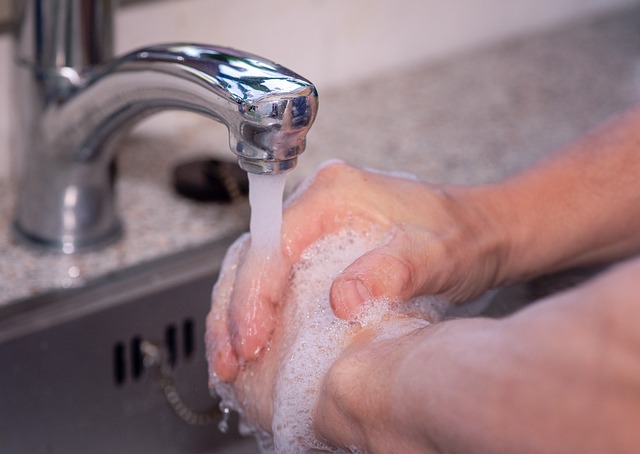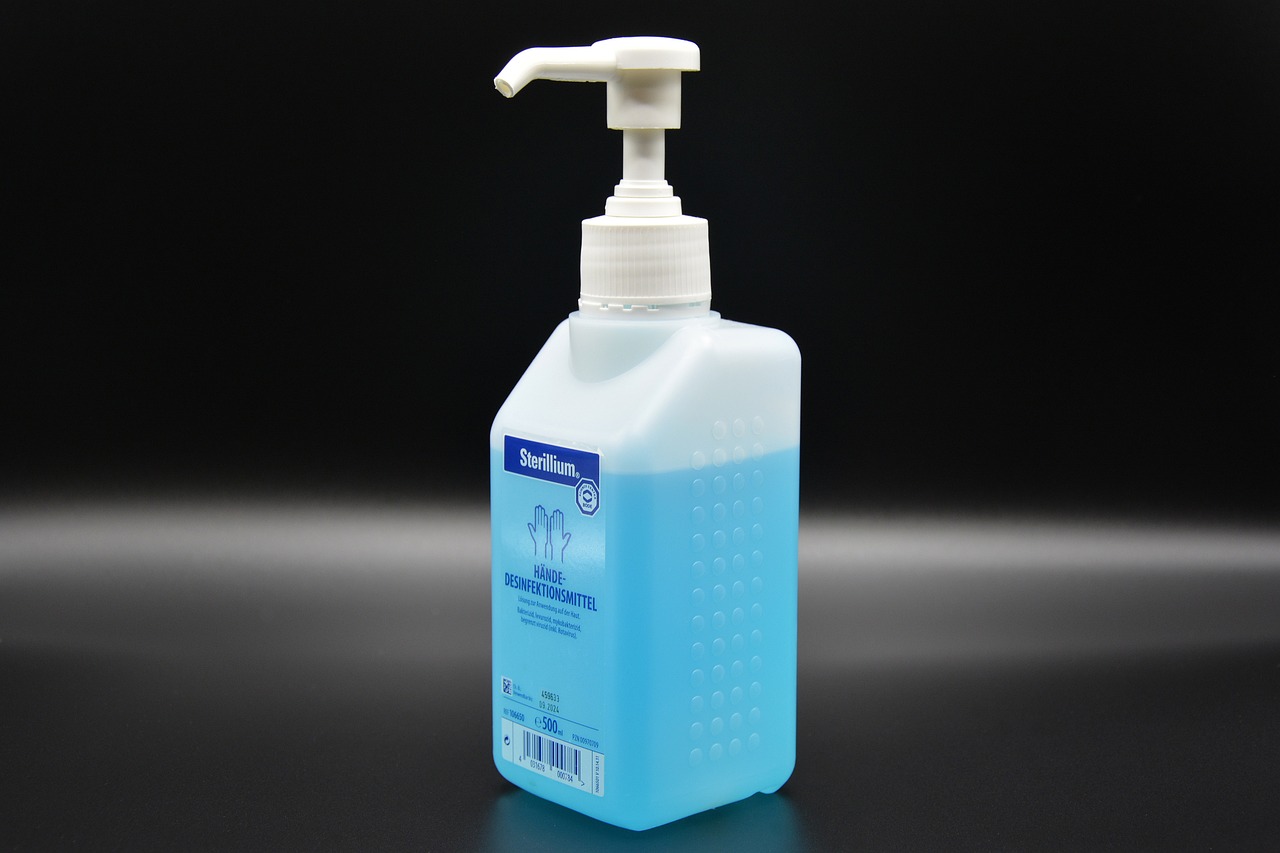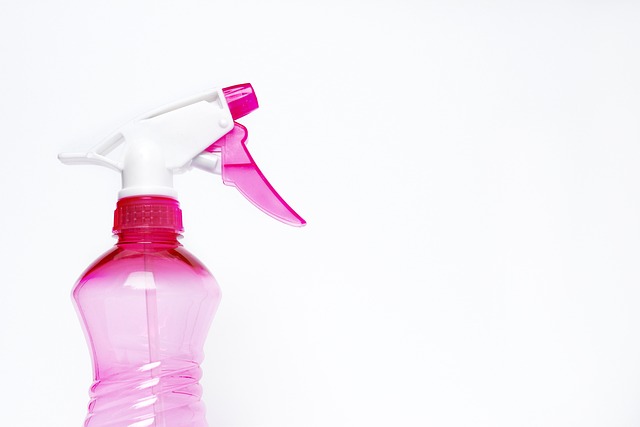Sanitation aims to clean and reduce germs, while disinfection involves killing or removing a broader spectrum of microorganisms.
TL;DR Sanitation Vs. Disinfection
Sanitation focuses on reducing the overall number of microorganisms on surfaces through cleaning practices such as wiping, sweeping, and removing dirt or debris. It is a crucial step in maintaining basic hygiene standards but may not necessarily eliminate all pathogens.
Disinfection goes a step further by using chemicals or physical agents to kill or deactivate specific microorganisms that can cause disease. This process is more thorough and effective at eliminating harmful pathogens from surfaces.
What is Sanitation?

Sanitation refers to the set of practices and measures aimed at maintaining and promoting cleanliness and health in living spaces, public areas, and various environments.
It encompasses actions such as cleaning, waste disposal, and personal hygiene to prevent the spread of germs, diseases, and contaminants. Sanitation plays a critical role in safeguarding public health by reducing the risk of infections and maintaining a safe living and working environment.
It involves cleaning surfaces, maintaining proper sewage and waste management, and ensuring access to clean water. Proper sanitation is essential for preventing the transmission of diseases and promoting overall well-being.
What is Disinfection?

Disinfection is the process of using chemical agents or physical methods to kill or eliminate a wide range of harmful microorganisms, including bacteria, viruses, and fungi, from surfaces, objects, or environments.
It goes beyond basic cleaning by specifically targeting and destroying pathogenic organisms, reducing the risk of infection and disease transmission.
Common disinfection methods include the use of disinfectants like bleach, alcohol, or hydrogen peroxide, as well as heat or ultraviolet (UV) light.
Disinfection is crucial in healthcare settings, food preparation, water treatment, and various industries where the control of infectious agents is vital for public health and safety.
Sanitation Vs. Disinfection – Key differences
| Aspect | Sanitation | Disinfection |
|---|---|---|
| Objective | To clean and reduce germs, dirt, and impurities. | To kill or remove a broader spectrum of harmful microorganisms, including bacteria, viruses, and fungi. |
| Scope | Focuses on general cleanliness and hygiene. | Specifically targets and eliminates pathogens to reduce the risk of infection and disease transmission. |
| Methods | Involves cleaning with soap, water, and detergents. May include mechanical scrubbing or pressure washing. | Uses chemical agents (disinfectants), heat, or UV light to kill or inactivate microorganisms. |
| Effect on Germs | Reduces the number of germs and contaminants but may not eliminate all harmful microorganisms. | Kills or substantially reduces the population of a wide range of microorganisms, including pathogenic ones. |
| Common Applications | Household cleaning, maintaining cleanliness in public spaces, personal hygiene. | Healthcare settings, food preparation, water treatment, sterilization of medical instruments, disinfecting surfaces in high-risk environments. |
| Frequency | Typically performed regularly as part of routine cleaning. | Typically done periodically or when specific infection control measures are needed. |
| Importance in Health | Contributes to a clean environment but may not provide a high level of protection against infectious diseases. | Critical for infection control, disease prevention, and public health, especially in healthcare and high-risk settings. |
When to Use Sanitation Vs. Disinfection?
Use Sanitation
- Regular Cleaning: Sanitation is appropriate for routine cleaning tasks to maintain cleanliness and remove dirt, dust, and general impurities from surfaces and environments.
- Low-Risk Areas: In low-risk environments where the presence of harmful pathogens is not a significant concern, sanitation practices are often sufficient.
- Personal Hygiene: Sanitation practices are essential for personal hygiene, such as handwashing with soap and water.
Use Disinfection
- Infection Control: Disinfection is crucial in situations where there is a risk of infection transmission, such as healthcare settings, during disease outbreaks, or in high-risk environments.
- Pathogen Control: When dealing with specific pathogens, such as bacteria, viruses, or fungi, that pose health risks, disinfection is necessary to kill or inactivate these microorganisms.
- Contaminated Surfaces: Use disinfection when surfaces or objects have been in contact with bodily fluids, known infectious agents, or have a high potential for contamination.
- Food Preparation: Disinfection is important in food preparation areas to prevent foodborne illnesses.
- Water Treatment: Disinfection methods are used in water treatment facilities to ensure safe drinking water.
- Sterilization: In medical and laboratory settings, disinfection may be part of the sterilization process for equipment and instruments.
Sanitation is primarily aimed at maintaining cleanliness and reducing general impurities, while disinfection is focused on eliminating or reducing the presence of harmful microorganisms, especially in situations where infection control and disease prevention are paramount.
The choice between sanitation and disinfection depends on the specific goals and the level of microbial control required for a given situation.
Image Credits
Featured Image By – Mimzy from Pixabay
Image 1 By – Melk Hagelslag from Pixabay
Image 2 By – Klaus Hausmann from Pixabay








